 "Electricity has made angels of us all. Not angels in the Sunday school sense of being good or having wings, but spirit, freed from flesh, capable of instant transportation anywhere. The moment we pick up a phone, we’re nowhere in space—everywhere in spirit. That is Saint Augustine’s definition of God: a being whose center is everywhere, whose borders are nowhere."
"Electricity has made angels of us all. Not angels in the Sunday school sense of being good or having wings, but spirit, freed from flesh, capable of instant transportation anywhere. The moment we pick up a phone, we’re nowhere in space—everywhere in spirit. That is Saint Augustine’s definition of God: a being whose center is everywhere, whose borders are nowhere." Carpenter on Anthropological Method : “the approach I have recommended is generally called ‘mystical’ or ‘subjective’ or ‘insight without method....That competent fieldwork should be called ‘mystical’ and incompetent fieldwork called ‘scientific’ is one of the more remarkable features of our profession.”
Carpenter on Anthropological Method : “the approach I have recommended is generally called ‘mystical’ or ‘subjective’ or ‘insight without method....That competent fieldwork should be called ‘mystical’ and incompetent fieldwork called ‘scientific’ is one of the more remarkable features of our profession.” "In the world of electronic technology we humbly encounter the primitive as avant-garde. This search for the primitive is surely one of the most remarkable features of our age. It’s as if we feared we had carried too far our experiment in rationalism, but wouldn’t admit it. And so we called forth other cultures in exotic and disguised forms to administer all of those experiences suppressed among us."
"In the world of electronic technology we humbly encounter the primitive as avant-garde. This search for the primitive is surely one of the most remarkable features of our age. It’s as if we feared we had carried too far our experiment in rationalism, but wouldn’t admit it. And so we called forth other cultures in exotic and disguised forms to administer all of those experiences suppressed among us." "The ability to close one eye at a time seems to be associated with literacy. Literacy involves a unique sensory pattern.It shatters the natural orchestration of the senses and permits far greater control over individual senses, especially when one sense is used in isolation."
"The ability to close one eye at a time seems to be associated with literacy. Literacy involves a unique sensory pattern.It shatters the natural orchestration of the senses and permits far greater control over individual senses, especially when one sense is used in isolation."- Intermediate Period Influences in the Northeast. (PhD Thesis, U Penn, 1950)
- Eskimo. (with Robert Flaherty, 1959)
- Explorations in Communication, An Anthology. (co-edited with Marshall McLuhan, 1960)
- They Became What They Beheld. (1970)
- Oh, What a Blow That Phantom Gave Me! (1972)
- Eskimo Realities (1973)
- "The Tribal Terror of Self-Awareness." Pp. 451–461. In: Paul Hockings, ed., Principles of Visual Anthropology. (1975a)
- "Collecting Northwest Coast Art." pp. 8–27. In: Bill Holm & William Reid. Form and Freedom: A Dialogue on Northwest Coast Indian Art. (1975b)
- In the Middle, Qitinganituk: The Eskimo Today. (with Stephen G. Williams, 1983)
- Social Symbolism in Ancient and Tribal Art. (with Carl Schuster; 3 Parts, 12 vols., 1986–1988)
- Patterns That Connect:Social Symbolism in Ancient & Tribal Art. (1996)
- "19th Century Aivilik/Iglulik Drawings." pp. 71–92. In Fifty Years of Arctic Research: Anthropological Studies. Eds. R. Gillberg and H.C. Gullov. Copenhagen: The National Museum of Denmark. (1997)
- "Arctic Witnesses." pp. 303–310. In Fifty Years of Arctic Research: Anthropological Studies. Eds. R. Gillberg and H.C. Gullov. Copenhagen: The National Museum of Denmark. (1997)
- "That Not-So-Silent Sea." pp. 236–261. In: Donald Theall. The Virtual Marshall McLuhan. (2001)
- "European Motifs in Protohistoric Iroquois Art." pp. 255–262. In: W.H. Merrill and I. Goddard, eds., Anthropology, History, and American Indians: Essays in Honor of William Curtis Sturtevant. (2002)
- Norse Penny. (2003a)
- Comock: The True Story of an Eskimo Hunter. (with Robert Flaherty, 2003b)
- Two Essays: Chief & Greed. (2005)
- "Marshall." pp. 179–184. Explorations in Media Ecology, Vol.5, No.3 (2006)
- Upside Down: Arctic Realities. Ed. Edmund Carpenter. Houston: Menil Foundation/Yale U Press. (2011)





 US Marine Corps 1942 - 1946
US Marine Corps 1942 - 1946Carpenter and McLuhan would often walk around the city of Toronto indulging in their penchant for "perceiving patterns" in whatever they saw. Carpenter describes one such outing on a Toronto streetcar:
There were all the little widows in black, all the mean faces--it was a mean life then, and the faces reflected it--and Marshall began to talk about the ads on the streetcar in a very loud voice. He pointed to an ad of a girl drinking a Coke with some man watching her, and he said, "Coke sucker." I said, "Marshall, lower your voice." He was totally oblivious to the sound of his voice. And he went down the line and analyzed one ad after another. Everybody just looked straight ahead and pretended they didn't hear him." (qtd. in Marchand, 116)
Here were a couple of media tricksters creating a (barely) "tolerated margin of mess."
=======
IF WITTGENSTEIN HAD BEEN AN ESKIMO
by Edmund Carpenter
The philosopher Ludwig Wittgenstein and the art historian Ernst Gombrich contend that we cannot see both rabbit and duck in a single image simultaneously. Illusion, Gombrich says, consists in the conviction that there is only one way of interpreting the visual pattern in front of us. Although we may switch rapidly from rabbit to duck, we cannot experience alternative interpretations at the same time. A shape cannot be seen apart from its interpretation.
Discovering the rabbit in the duck produces, according to Wittgenstein, a surprise not produced by the recognition of either image alone.
Both men, famous for their analytical investigations, chose the same visual pun for intensive analysis and they agreed on its interpretation. Moreover, they invited their readers to play the game themselves and test their conclusions. But how do people from a different background, say Eskimos, perceive visual puns? Can they see the duck and rabbit simultaneously?
Visual punning is an ancient art. A carving from the Canadian Arctic, circa A.D. 1300, simultaneously represents a man in a hooded coat and a dog or, phrased another way, a dog-man, perhaps one popular in Eskimo tales.
I once showed Dali’s Paranoiac Face, with its double image, to several Eskimos. Painting was alien to them, but visual punning was not; they showed a craftsman’s appreciation of skillful work.
Eskimos love visual puns. So do Melanesians and so did the Aztecs. In our own culture, these double images were much favored by surrealists and perhaps have always and everywhere delighted children.
Visual puns vary greatly, but all share one characteristic: each line simultaneously serves two or more images. That is, several figures occupy one space or one figure plays several roles in a single space.
The sheer technical challenge of producing visual puns probably spurs punsters to great efforts. I have seen up to five images in one form. And that form was probably just one aspect of a multisensory pattern in which dance, music, navigation, poetry, and dreams commingled.
Literate man wants none of this. He not only fails to create visual puns but suspects the worst of those who do. Art critic Rene Crevel, commenting on Dali’s puns, says, “It is by a frankly paranoiac process that it is possible to obtain a double image ....”
The trouble with this view is that psychotics don’t produce double images. Nor do children, although they enjoy them. I say this with confidence because I’ve searched at length for visual puns in the art work of both and have yet to find one good example.
Drawings by psychotics sometimes include what appear, at first, to be puns, but closer examination reveals more confusion than coherence. By contrast, Eskimo punsters demonstrate superb control of multiple perspective. “Art, being bartender,” wrote Randall Jarrell, “is never drunk.”
And puns, being art, are rarely accidental. Of course, the punster may deny his work. A Madison Avenue designer who produced an erotic pun called it an accident. So did the designer of a 1951 West German stamp commemorating Hans Buckler: inverted, Buckler became Stalin.
But visual puns don’t just happen. They aren’t the scribblings of children or madmen. They don’t belong in philosophical seminars or psychology labs. And they are not gimmicks designed to surprise. They are deliberate works of art.
For years I regularly asked students to draw visual puns and keep diaries of their efforts. With rare exceptions, each student started with one image, then tried to superimpose a second image. The results, as art, were awful. and the diaries were records of frustration.
In contrast, an Eskimo carver, having “discovered” a pun in unworked ivory, releases it: the image steps forth in all its complexity. Or a pun may appear to a dreamer, who then executes its likeness.
Such puns are implosive, like the dreams or myths from which they come. An Eskimo myth may include both cause and effect, the way a missile’s fuel is its engine and its engine is its fuel. Entire Eskimo societies are implosive: everybody is simultaneously involved with everybody. There is no isolated self and no elevation of sight over the other senses.
This emphasis on sight is literate man’s mark and strength, but the other senses suffer correspondingly. If used at all, they are used like sight. All experience is translated into visual models. We say, “Let’s see what we can hear.”
The increasing number of native authors--voices from the inside--is one of the most interesting features of contemporary anthropology. These intruders into the visually oriented profession of anthropology are always writing about how things smell, taste, feel, sound: toes gripping roots along a slippery bank; peppery food burning the rectum; “he became aware of gentle heat playing on his right cheek, and a fine smoke teasing his nostrils; while on the left he heard an odd gurgling sound...”
These inside reports, with their descriptions of sensory awareness and involvement, reveal how misleading the traditional, outside “observations” have been. My impression of much tribal art is that it should be embraced, all senses involved, not simply viewed. Putting it on display is like displaying an old, cuddly doll behind glass.
Not long ago, when some British children were asked, “What are the twelve loveliest things you know,” one boy answered:
The cold of ice cream.
The scrunch of dry leaves.
The feel of clean cloze.
Water running into a bath.
Cool wind on a hot day.
Climbing up a hill, looking down.
Hot-water bottle in bed.
Honey in your mouth.
Smell in a drug store.
Babies smiling.
The feeling inside when you sing.
Baby kittens.
A girl’s list went like this:
Our dog’s eyes.
Street lights on the river.
Wet stones.
The smell of rain.
An organ playing.
Red roofs in trees.
Smoke rising.
Rain on your cheeks.
The smell of cut grass.
Red velvet.
The smell of picnic teas.
The moon in clouds.
About 1900, Enos Mills, a mountain guide, became snow-blind in the Rockies at 12,000 feet. “My faculties,” he reports, “were intensely awake.” He could not use trails because of the depth of snow. Carrying a long staff, he set out on snowshoes to find the blaze marks on trees, which he had made on his forward journey. Making his way from tree to tree, he thrust an arm into the snow, feeling the bark of the trees until he discovered the marks of the blaze. He resorted to the trees for the points of the compass. He knew that the canyon walls facing south carried pines, while those facing north carried spruce. Keeping pines on his left, he traveled to the eastern side of the range. To check this, he examined lichens on low-lying boulders and moss encircling tree trunks, concluding that the area admitted light freely from all quarters. He shouted, noted from which direction the echoes came, their intensity and cross-replies, and concluded that he was going into the head of a deep forest-walled canyon. In the night a snowslide almost smothered him; enormous rocks and entangled branches made his progress more difficult. Suddenly he caught the scent of aspen smoke. Under favorable conditions a person with a keen sense of smell can detect burning aspen for several miles. Going forward into the wind, he emerged from the woods where the smoke was strongest and knew a cabin was near. In fear of passing it, he stopped to use his ears. As he stood listening, a little girl gently, curiously asked: “Are you going to stay here tonight?”
Children learn to separate their senses when they learn, in class, to read silently. Their legs twist, they bite their tongues, but with enormous effort they learn to fragment their senses, to turn on one at a time and keep the others in neutral. And so they are indoctrinated into that world where readers seek silent solitude, concertgoers close their eyes, and gallery guards warn, “Do not touch.”
All this is alien to Eskimo experience. Once, with visibility zero, I traveled rapidly along a dangerous coastline, guided by an Eskimo who navigated by the feel of wind and smell of fog, by sound, of surf and nesting birds, and particularly by the feel of the pattern of waves and current against his buttocks.
With such interplay and interpenetration of senses, no single sense can be isolated. An Eskimo hunter who relied on sight alone would return empty-handed; a traveler who ignored odors and winds and sounds would soon be lost.
Recently, comparing paintings by blind children with those of seeing children, an experimenter found the two indistinguishable until the age of about six, at which point the seeing children moved in the direction of optical imagery.
Patients who have undergone throat surgery are forbidden to read, for there is a natural tendency for a reader to evoke absent sounds, and the throat muscles work silently as the reader scans the page.
Nothing was more alien to medievalism than silent reading. Reading was aloud, often as song, with gestures. Physicians prescribed reading as a form of exercise. Isolating one sense from all others calls for enormous training and self-control; it is probably never fully achieved. Test this yourself. Run water into the bath while switching the light on and off: the sound seems louder in the dark.
Phonetic writing translated multi-sensuous speech into one sense only. The peculiar effect of translating the many senses of the spoken word into the visual mode of writing was to abstract one sense from the cluster of the human senses.
The phonetic alphabet and all its derivatives stressed a one-thing-at-a-time analytic awareness in perception. This intensity of analysis was achieved at the price of forcing all else in the field of perception into the subliminal.
Literacy ushered man into the world of the divided senses. The value accorded the eye at the expense of all other senses destroyed the harmonic orchestration of the senses and led to emphasis upon the individual experience of the individual sense. It created a hierarchy of senses with sight highest, touch lowest. Aristotle, in the first sentence of Metaphysics, says, of all the senses, trust only the sense of sight. Plato went further: he regarded sight as the highest and touch as the lowest.
Sight is like no other sense: it favors detachment. I am in sound and smell; taste is within me; and touch presses against me. But with my eyes I become a detached observer, casting a hard eye on all experience.
Literate man takes literacy for granted, as if this sensory imbalance were a natural state. Yet the silent, immobile reader needs as much food as a miner, more sleep than a farmer, and clothing to conserve his energies. You cannot teach a naked man to read.
Literate man, observing a pun, first recognizes only the image rendered vertically relative to himself. The art historian Siegfried Giedion tells of a paleolithic carving of a horse that was on public display for decades. When the heavy stone was rolled outside to be photographed, everyone saw, for the first time, a second horse, inverted.
In both paleolithic and Eskimo art, images are not rendered in relation to the viewer. When handed a photograph, Eskimos examine it as it is handed to them, no matter how it is oriented. They look at maps from any direction, and if they understood English, I’m sure they would enjoy James Thurber’s NOW NO SWIMS ON MON without turning it.
One may describe the alteration from duck to rabbit as a perception, as if the object had altered before one’s eyes. But the picture doesn’t change, just the observer’s impression of it, point of view, emphasis upon one organization over another. Suppose, however, the observer has no “point of view” or, more accurately, none resembling the private, delimiting one of literate man. Suppose the observer’s art, language, and entire culture deny privacy and stress, instead, group awareness. Suppose, finally, no effort is made to suppress the “baser” senses or to make sight supreme.
Suppose all this and you have gone a long way toward describing Eskimos, who have no private point of view because they don’t “view” life or conceive of an individual as a “point.”
The artist M.C. Escher, whose visual puns have fascinated mathematicians, wrote:
“The border line between two adjacent shapes having a double function, the act of tracing such a line is a complicated business. On either side of it, simultaneously, a recognizability takes shape. But the human mind and eye cannot be busy with two things at the same moment and so there must be a quick and continuous jumping from one side to the other.”
Does the Eskimo, like Escher, switch from one reading to another? Or can an Eskimo hold two disjunctive alternate readings simultaneously? We know that a literate person can recite a poem and meanwhile solve simple arithmetical problems. But while one is attended to, the other goes below some kind of threshold.
Other cultures seem to differ in the way they handle this kind of multiplicity of thought. Certain African groups can carry on five simultaneous rhythms: the melody and four percussion parts. All players often have their own downbeat. Three rhythms are common in preliterate music: melody, hand clapping, and foot tapping. This is extremely difficult for literates who “automatically” keep step to the music.
And the Eskimos, do they actually see the duck and rabbit simultaneously? Perhaps not, but they certainly see them faster, and in quite a different way, than Ludwig Wittgenstein.
| "If Wittgenstein Had Been an Eskimo" originally appeared in the February 1980 issue of the magazine Natural History. Edmund "Ted" Snow Carpenter (September 2, 1922—July 1, 2011) was an anthropologist best known for his work on tribal art and visual media. His 2011 book UPSIDE DOWN: Arctic Realities is distributed for The Menil Collection of Houston by Yale University Press. |
















![et cetera : LOVE [1977]](https://blogger.googleusercontent.com/img/b/R29vZ2xl/AVvXsEgQ8s7vwLQuzHDNgqlfBacxRkEbOErToak9kmgFl0VmyIYEqS9qIzNIVcXKpzTncPhqo3TSgOyztAguIW6OlXw65aFHmpx6cRzmvCUQQMTwUGUOd0iE0GbJakEc3g3kBAJrvlZP4z3eesg/s1600/etc1977.jpg)









![MAC LUHAN [sic] : LOST IN TRANSLATION](https://blogger.googleusercontent.com/img/b/R29vZ2xl/AVvXsEg92tMqBMDA917NDivsS2ZwIirx9KTf24tOCgFFnK65p7Hw5dvqEh1e2aefCynj2UW8u-k8zwBXbjgypsCXUcv-5G7ZCsyDB13giHEjmhVISAeW-oI_JV6ePOXW_XBDPwy2nREAoqRU7Z8/s1600/MAC.jpg)






















![Les Yeux De Nadja [unpublished]](https://blogger.googleusercontent.com/img/b/R29vZ2xl/AVvXsEgrXohpIuxxYyjKoqBSQf3TpYGjnttZnjRFvmMdshadfnVKi7PMAjIqEuqYctZFXOFH2n-oH75oJx-YkaON7xvaZgVdvaK0zfSOurEmCKqmWF6qXh2F3VbqyixfGhvY4qH6LENMTs1wCIw/s1600/2xsurreal.jpg)
















![PIED PIPERS [MARSH] ALL](https://blogger.googleusercontent.com/img/b/R29vZ2xl/AVvXsEhqvGIGG9lWZYhFZRVc_V8EJG2apQBsys4kNQOQsA0EV6H6Tg-SMN0sX15NXy_GzsF3xAUdcb2QlfvJk-RU-Rha-3Eu5Mnglkf5KLe6pccVqAP4VR_Gi4fGQ716QSmDe3Zna5Uwct5d2sw/s1600/piedPiperMarshALL270.png)






























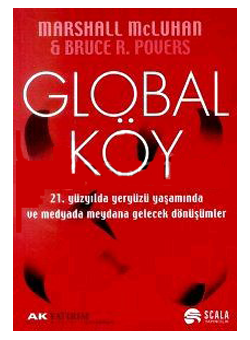




























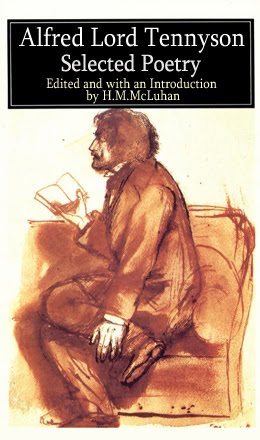






![PICNIC IN SPACE : The Great Minds of Our Time Film Series [1973]](https://blogger.googleusercontent.com/img/b/R29vZ2xl/AVvXsEjyov75DRIUBWcYLkzPYmupFy8CQ9dQ4Q798zDIN6jPNsSdBB_WuOcvPl4WjMAz10csG071oCO3BCUtIcKyHoIkCN0lCy0OxGCV_HrLXrGNKRpUiKMrqzkJh4LSc7jT_KrrqmClapSlVa8/s1600-r/PicnicInSpace.jpg)


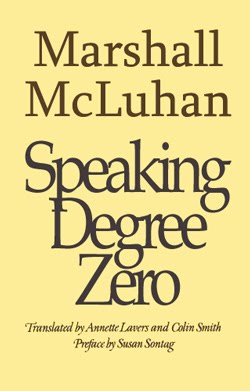






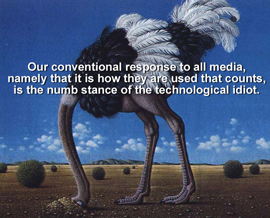


















![more Hidden ground [re:Bride] : the "flippancy" of tone seemed just "right"](https://blogger.googleusercontent.com/img/b/R29vZ2xl/AVvXsEg-hQyF9KGGhKYc73nUGmV1bStJ4fTJVh0-TL1ZtikLZEv5ppjhB3DOhFcVuzGq-kByrwtTAWgCcE173pA3UTIPe7h6xJjsPt7lRvNym007ZsdXenMDLNimKcwtaTOqkGleoxmXOeCKtxXL/s1600-r/LEAVISLEWIS.png)
















![BABA WAWA [TODAY SHOW, Toronto City Hall 1970]](https://blogger.googleusercontent.com/img/b/R29vZ2xl/AVvXsEjTZAIFkA07K36WGk951vmZnLPU99fOdNzlvVhyphenhyphenhKZEKu2n2AW5EA1CDZGaTk0aYRXUv7IOXG39igaikoE6SWm8j7QIG96wYRE54oBXwvlaNCJzp15vdkrcqR97IMMny-8sHjM-VDotTOaY/s1600-r/babaWawa.jpg)

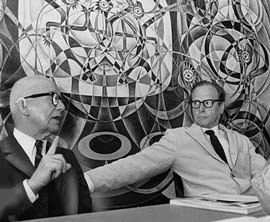

![enter the dragon : "typhon in america" [unpublished]](https://blogger.googleusercontent.com/img/b/R29vZ2xl/AVvXsEjdCnZdJ6JbaLc6hyUmUJo5UJ0m8WZSj_afYU9oRlHKIUgAIfcy2EPHNAptSRYEAmpOf0Xaa0B8iMgOTF302lY0Xmbyne0hvrdRyNo-t0Q-PPdzqX39uI3T5x5FppRPaQf9sSaXytrOpWVN/s1600-r/TIA.jpg)




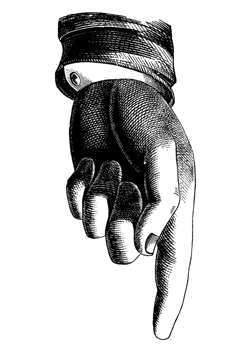
































![Take Today [1972] : "the consumer becomes a producer..."](https://blogger.googleusercontent.com/img/b/R29vZ2xl/AVvXsEhA53bdVdTaXdQo1fDmrsI8oiAwF-3jampcanOq8uk3QMh8_ImkNsTiKd4-RnZY8Vbwqh1fymJiyCl1CSLcSonXHQM6XbnJYQi_Vu89gbAV4jVq73EtlbM3w6CthyphenhyphenV_pHEjE6eu_VhC489u/s1600-r/PROSUMER.jpg)








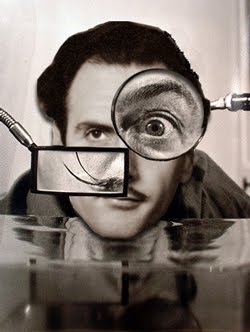















































































![" Outtragedy of poetscalds!, Acomedy of letters " [ FW 425.24]](https://blogger.googleusercontent.com/img/b/R29vZ2xl/AVvXsEhJMrJLN3oPUb25A2tjQtWZcZxA4wZB0IOvaIAvxosAUqlFc258HHvzvlnHHvKhKq7hG3epo76izY2Bu0HC3Cy-8S46Rf0Wni3L8j8jEfpT7sXK3UFlXBMtN2v2JdrmdxvWk8VWKjkhN4-9/s1600-r/preplexLP.png)











![mars[HAL]9000 : " Tomorrow is our permanent address."](https://blogger.googleusercontent.com/img/b/R29vZ2xl/AVvXsEhmblupqmUiuV3GbyayJiDRGEO63TEgwjHi-i8b0kVYDvXrKFWTCyl-e21la4QJXC4nDFDzx51Omi6fYPLJcqRHFoP6zSsL0CVZF98eMf6mxCE2WDfvMmT4q9G3X45-P0IYGDmliE0fCR3C/s1600-r/marsHAL9000_250.jpg)












































































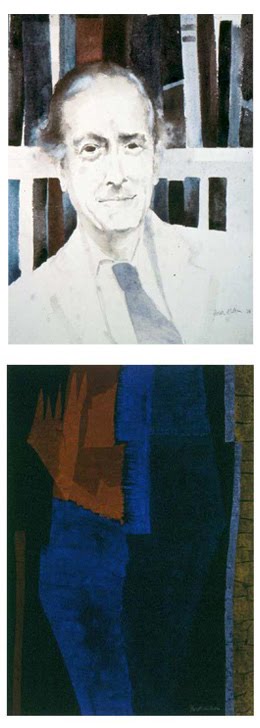















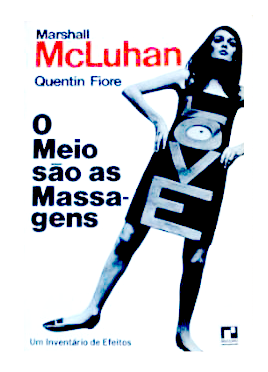





































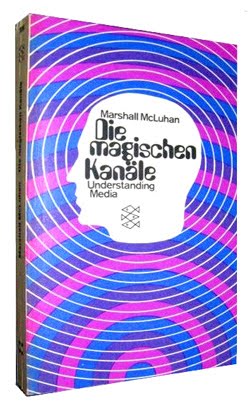
























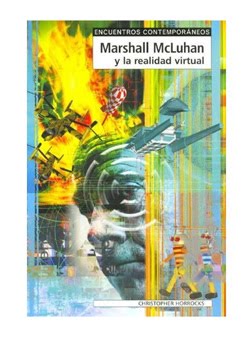




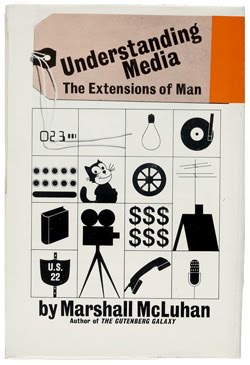









































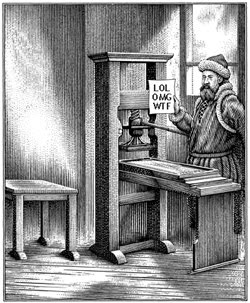








![Lucifer [from Latin] <br>meaning "light-bearer"](https://blogger.googleusercontent.com/img/b/R29vZ2xl/AVvXsEhq-2kZZOfh-Syv1Ewa0Ns2O6ZeP59pcsJp9ihhKcXCaovYZO_cKxffC5iSKOXFHr6E1jiHc6zedt1U6I95831RgpVdm3qk8-9C3y1yPyrCiQe4jgx-DsbeHnjKnw9t6Qx3ZM5TSYxiPj5H/s1600-r/lucifer.png)


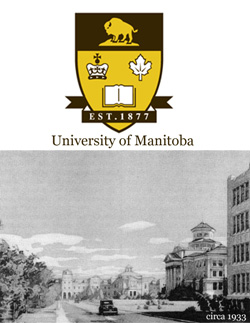










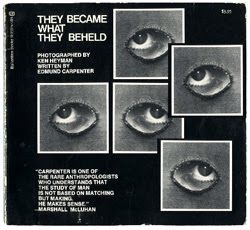






































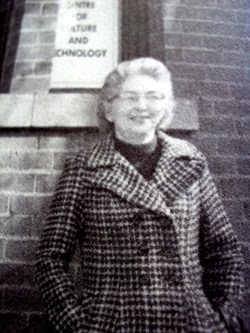
















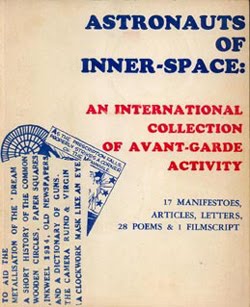












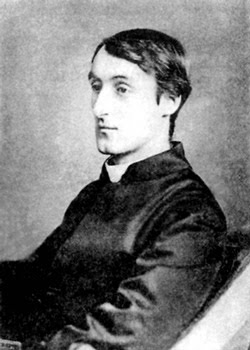


















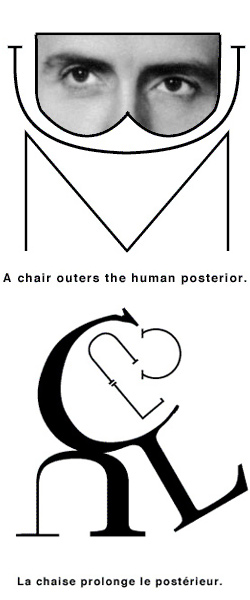






















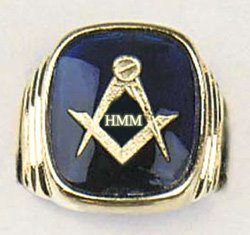















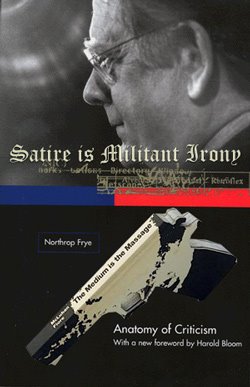
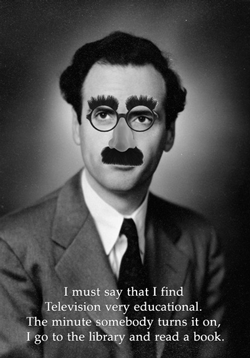






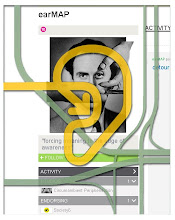















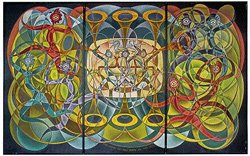










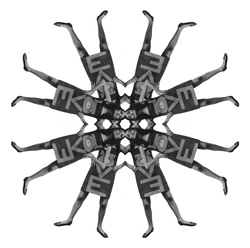



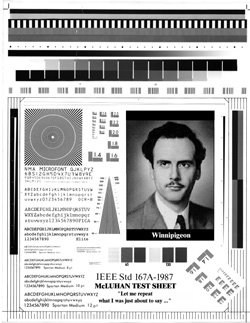

2 comments:
"If Wittgenstein Had Been an Eskimo"
an essay by EDMUND CARPENTER is at
http://www.anderbo.com/anderbo1/aessay-04.html
("If Wittgenstein Had Been an Eskimo" originally appeared in the February 1980 issue of the magazine Natural History.)
Edmund "Ted" Snow Carpenter (September 2, 1922—July 1, 2011) was an anthropologist best known for his work on tribal art and visual media.
His 2011 book UPSIDE DOWN: Arctic Realities is distributed for The Menil Collection of Houston by Yale University Press.
Thank you Rick Rofihe !
Post a Comment